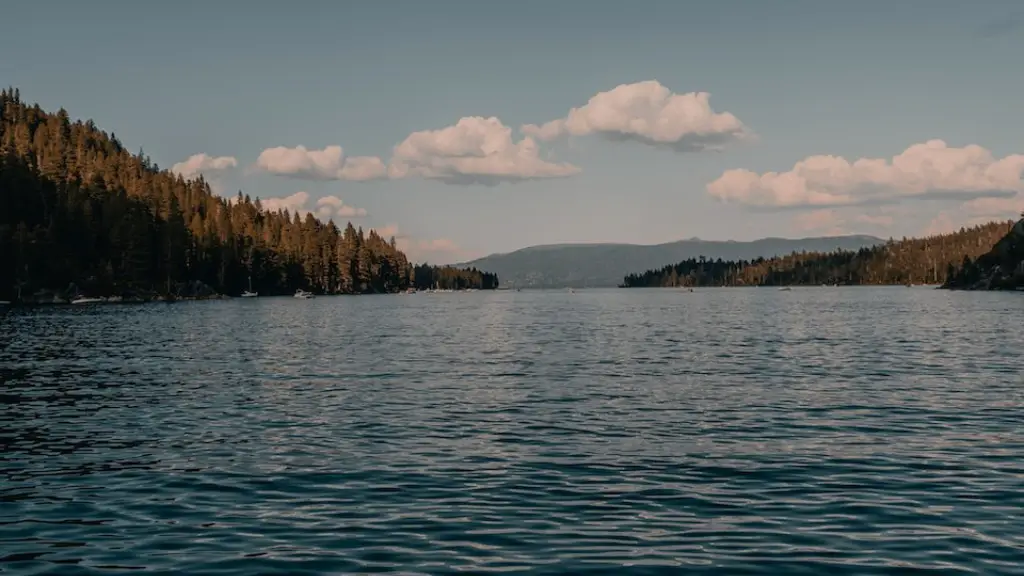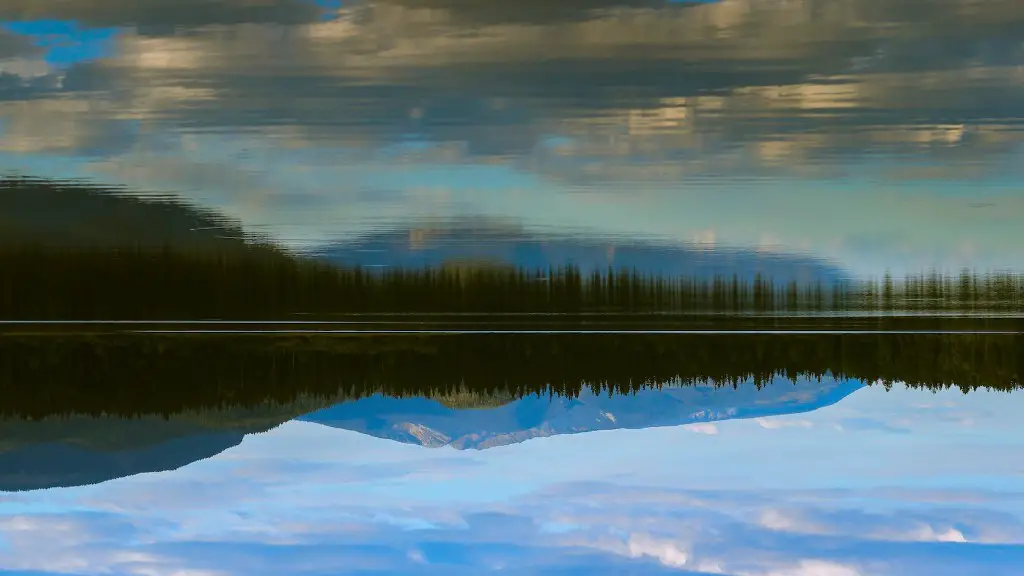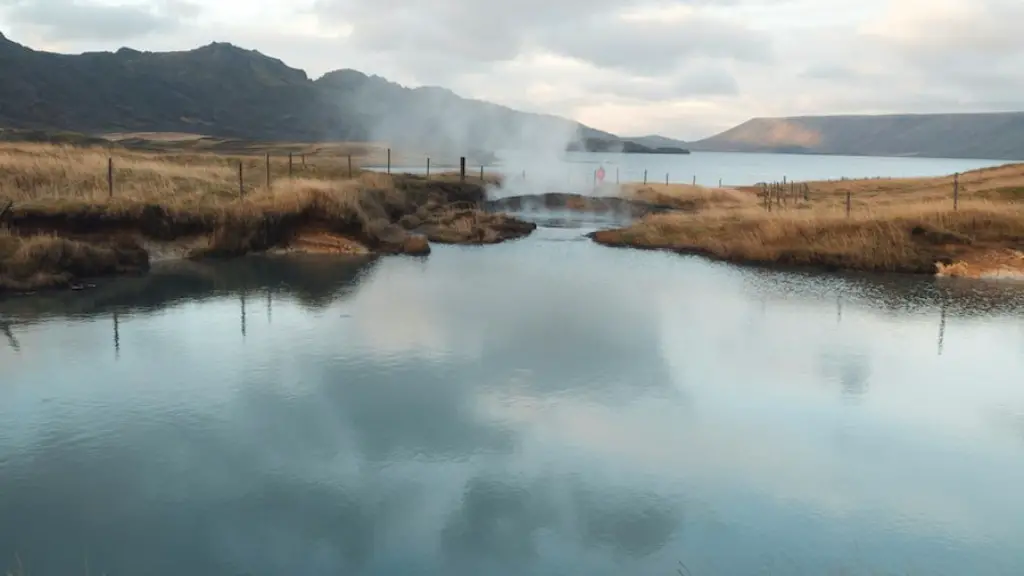Introduction
Can Mbuna and Lake Victoria cichlids live together in aquariums? It is a challenging yet fascinating question to explore as, while they belong to the same family of fish, they occupy different habitats in the wild. Understanding the unique characteristics of both types of cichlids and the right environment to keep them, is the key to keeping these two species together in harmony.
Habitat Distribution and Natural Behaviour
Mbuna cichlids belong to the African cichlid tribe, which are predominant in Lake Malawi of Africa. Most Mbuna cichlids are very active, living in rocky habitats and feeding mostly on algae. On the other hand, Lake Victoria cichlids, which occupy the east and southern parts of Lake Victoria, typically live in shallow, warm water areas like flooded forests or near-by streams. They are much less active, eat small invertebrates, and are known as a ‘mouth-brooding’ species, carrying and protecting their eggs in their mouths until they hatch.
The Aquarium Water Conditions for Both Species
The environment for both Mbuna and Lake Victoria cichlids need to be carefully considered when kept in the aquarium. Mbuna cichlids prefer temperatures of 22–27°C, a pH of 8.2–8.8 and a water hardness of 8-12 dGH. On the other hand, Lake Victoria cichlids thrive in slightly different conditions with a temperature of 20-25°C, pH of 7.6-8.6 and a water hardness of 5-7 dGH.
Can Both Species Co-Exist in the Aquarium?
Experts strongly advise not to mix the two species of cichlids in the same tank. The Mbuna cichlids are very territorial and inclined to pick on the smaller, gentler Lake Victoria cichlids. Moreover, the temperature difference between the two species creates further problems. It can lead to a drop in the tank’s temperature leading to physiological stress on the Mbuna cichlids or an increase in the temperature leading to health issues in the Lake Victoria cichlids.
Compatibility with Other Fish Species
Mbuna cichlids can live in aquariums with Synodontis catfish, mochokids, haplochromines and rhamphochromines. Lake Victoria cichlids on the other hand, co-exist best with cyprinids such as barbs. It is important to note that Lake Victoria cichlids require lots of hiding places, like caves and driftwood, as they are prey animals and feel more secure in such environments.
The Size Difference Between Mbuna and Lake Victoria Cichlids
Mbuna are fast growers and can reach sizes up to 5 cm in the aquarium. Lake Victoria cichlids on the other hand, just grow up to 3 cm and cannot compete with the size of Mbunas. It is for this very reason that we must not consider keeping Mbuna and Lake Victoria cichlids together in the same tank.
The Balancing Act of Keeping Healthy Aquariums
Mbuna cichlids are very vigorous and can quickly overrun an aquarium if there are too many of them in the tank or if they are mixed with smaller fish. To ensure that Mbuna and Lake Victoria cichlids don’t compete with each other in the tank, it is best to keep the Mbunas in numbers and the Lake Victoria cichlids in another separate tank of their own.
Mbuna Diet
Mbunas are known to be a bit picky in nature. They feed primarily on dried and frozen foods such as krill, bloodworms and brine shrimp. The diet should also be supplemented with vegetables, algae wafers and spirulina-based treats.
Lake Victoria Cichlid Diet
The diet for Lake Victoria cichlids should predominantly consist of live food such as live worms, tubifex and daphnia. As previously mentioned, Lake Victoria cichlids also need lots of hiding places and substrate. This helps stimulate spawning and also, provides them with cover from the more aggressive Mbuna cichlids.
Conclusion
Ultimately, the decision of whether to keep Mbuna and Lake Victoria cichlids together in the same tank or separately is the responsibility of the owner. By understanding the unique characteristics of these two cichlid species, their ideal habitat and the right environment to keep them in, it is possible to keep Mbuna and Lake Victoria cichlids together in harmony. Keeping both species healthy and happy is a balancing act, and the welfare of the fish has to be the top priority.


